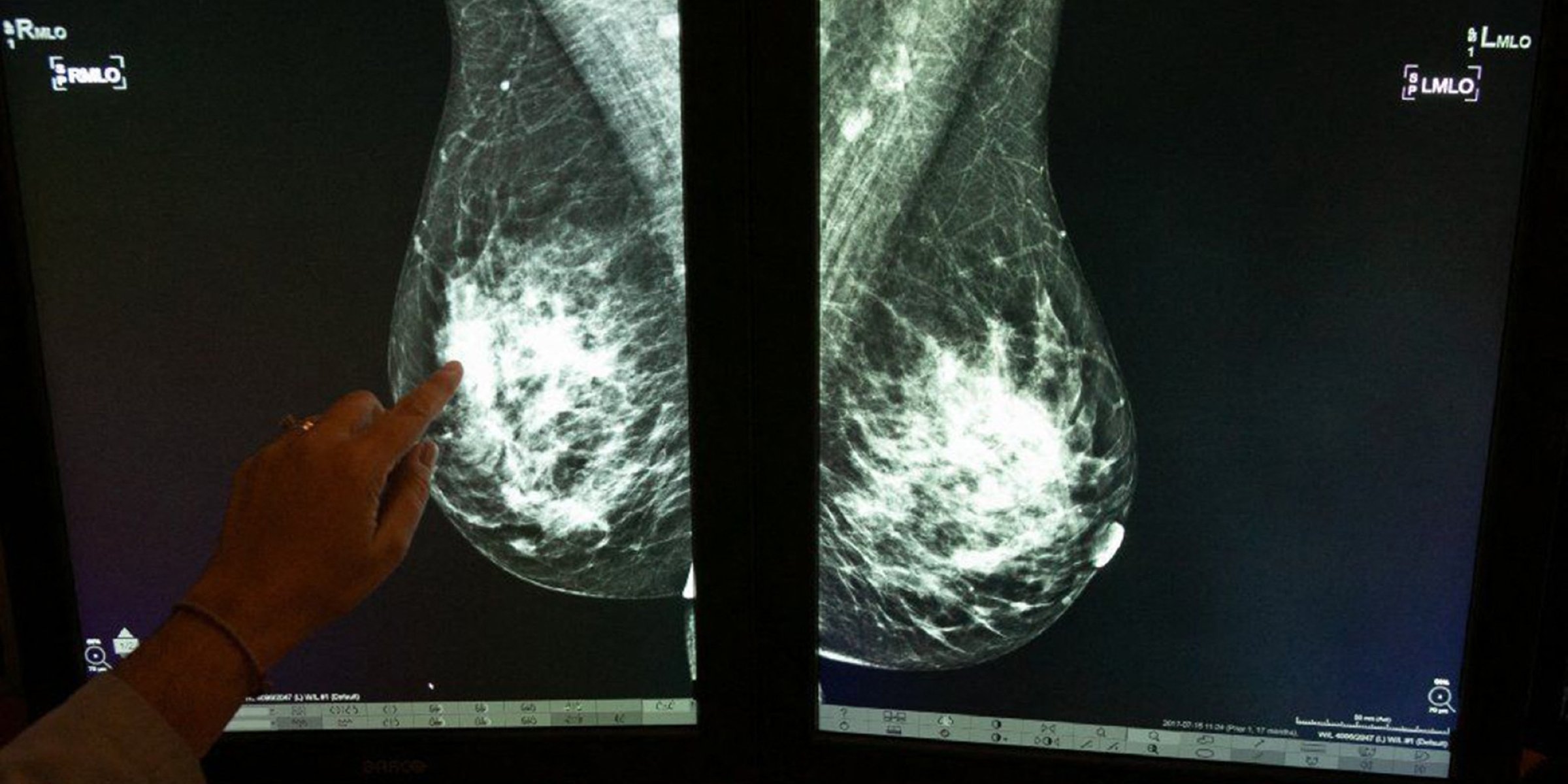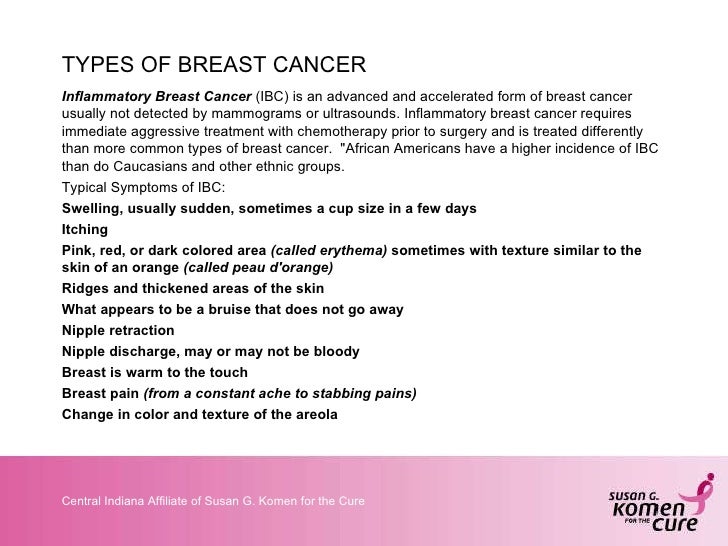
If this is over the nipples, it may be a sign of Paget’s disease, a rare form of breast cancer.
PUCKERED NIPPLE BREAST CANCER SKIN
Itchiness with flaking, crusty or scaly skin can be a sign of a bacterial or fungal infection, or often eczema, and these can be treated by your doctor. Rarely, this may be due to an inflammatory breast cancer (IBC), and so it should be addressed promptly by your doctor. Mastitis can be easily treated, and your doctor may prescribe antibiotics. Warmth, redness and pain in the breast typically indicates mastitis, an infection or inflammation of the breast that is very common in breastfeeding women.

The skin over the breast will resemble an orange peel due to cancer cells blocking the lymph vessels in the skin over the breast. However a specific type of dimpling known as ‘Peau d’orange’ is important to recognize as it is associated with inflammatory breast cancer. Skin puckering or dimplingĭimpling can often result from scar tissue forming in the breast, whether due to previous surgery, infection or obesity. Other, common skin problems can also occur in the breast, such as moles and skin infections. It is important, however, to see your doctor if you notice any abnormalities, particularly if they do not resolve within a few days, as skin changes can be particularly prominent in some types of breast cancer. Most often, skin changes that you notice in you breasts are due to benign, non-cancerous conditions. Skin Sparing and Subcutaneous Mastectomy.Nutrition and Lifestyle after Breast Cancer.Nederlands tijdschrift voor geneeskunde, 160, D648-D648. A woman with skin dimpling of the breast. Effectiveness of planned teaching intervention on knowledge and practice of breast self-examination among first year midwifery students. Spread breast cancer awareness and support your family and loved-ones who are living with this condition. Once final diagnosis is made, there are a number of treatment options to address the symptoms such as chemotherapy, radiotherapy, surgery and so forthīreast cancer is a serious malignancy and it is highly recommended to detect the lesion as early as possible. You should look for other changes as well in your breast tissue as well as surrounding tissues. The only way to ascertain what is causing breast dimpling is, biopsy examination of breast tissue. A few non-malignant conditions like fat necrosis (as a result of direct trauma) to breast can also cause breast dimpling. Not all the cases of breast dimpling are caused by cancer.
PUCKERED NIPPLE BREAST CANCER HOW TO
How To Diagnose If Breast Dimpling Is Due To Cancer? Besides dimpling, other signs and symptoms include: This variety of cancer is more common in women under 60 years of age.

Most cases of bilateral dimpling are non-malignant. Besides dimpling, most cancers are also associated with peau d’orange appearance of skin due to invasion of lymphatics and blood vessels by cancer cells.ĭimpling is often unilateral (involving one breast only), mostly due to inflammatory cancer of breast.


 0 kommentar(er)
0 kommentar(er)
